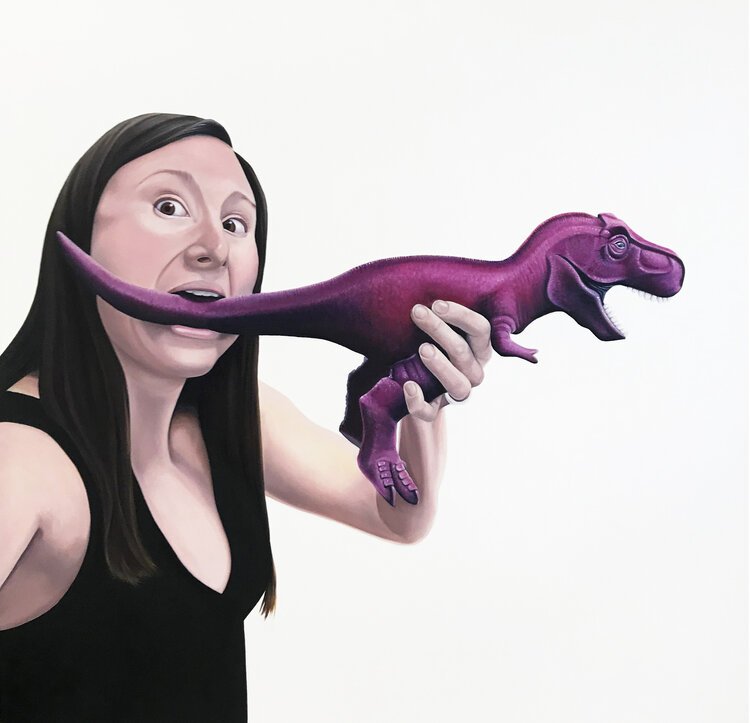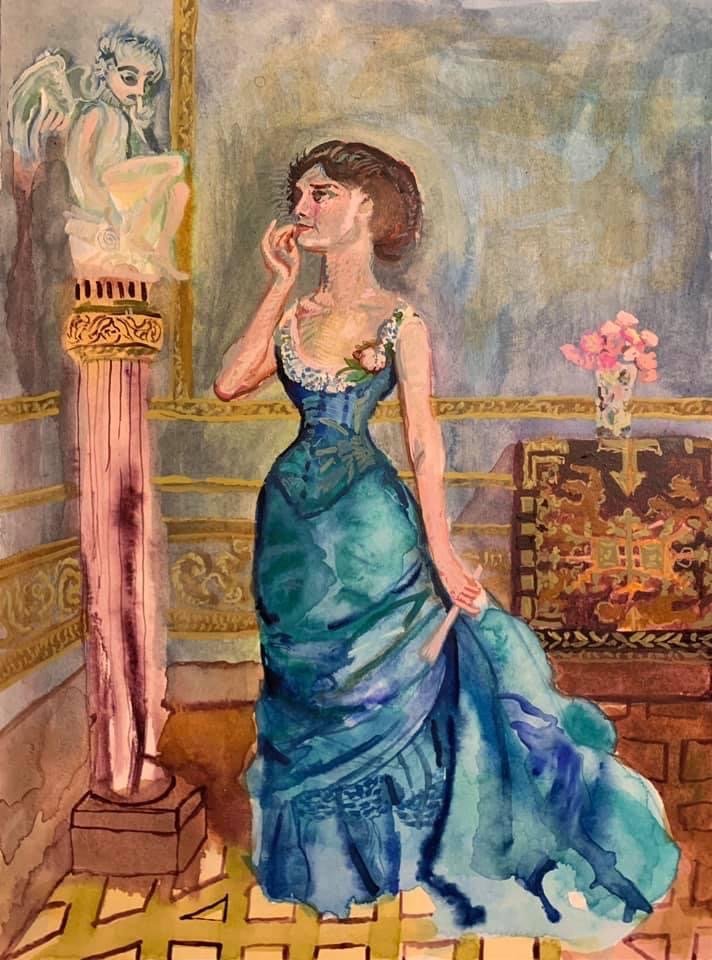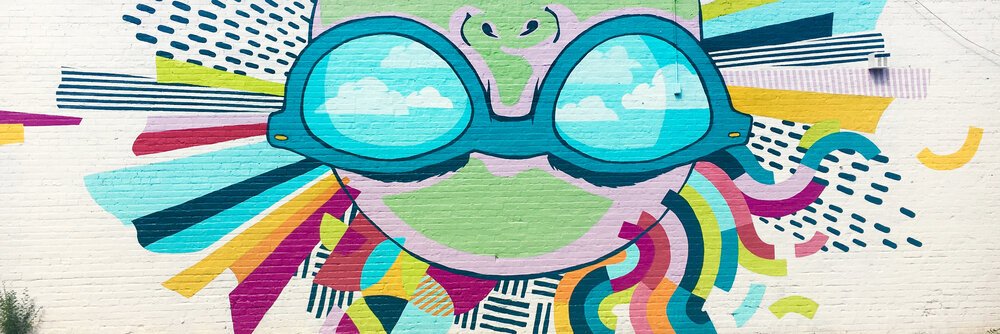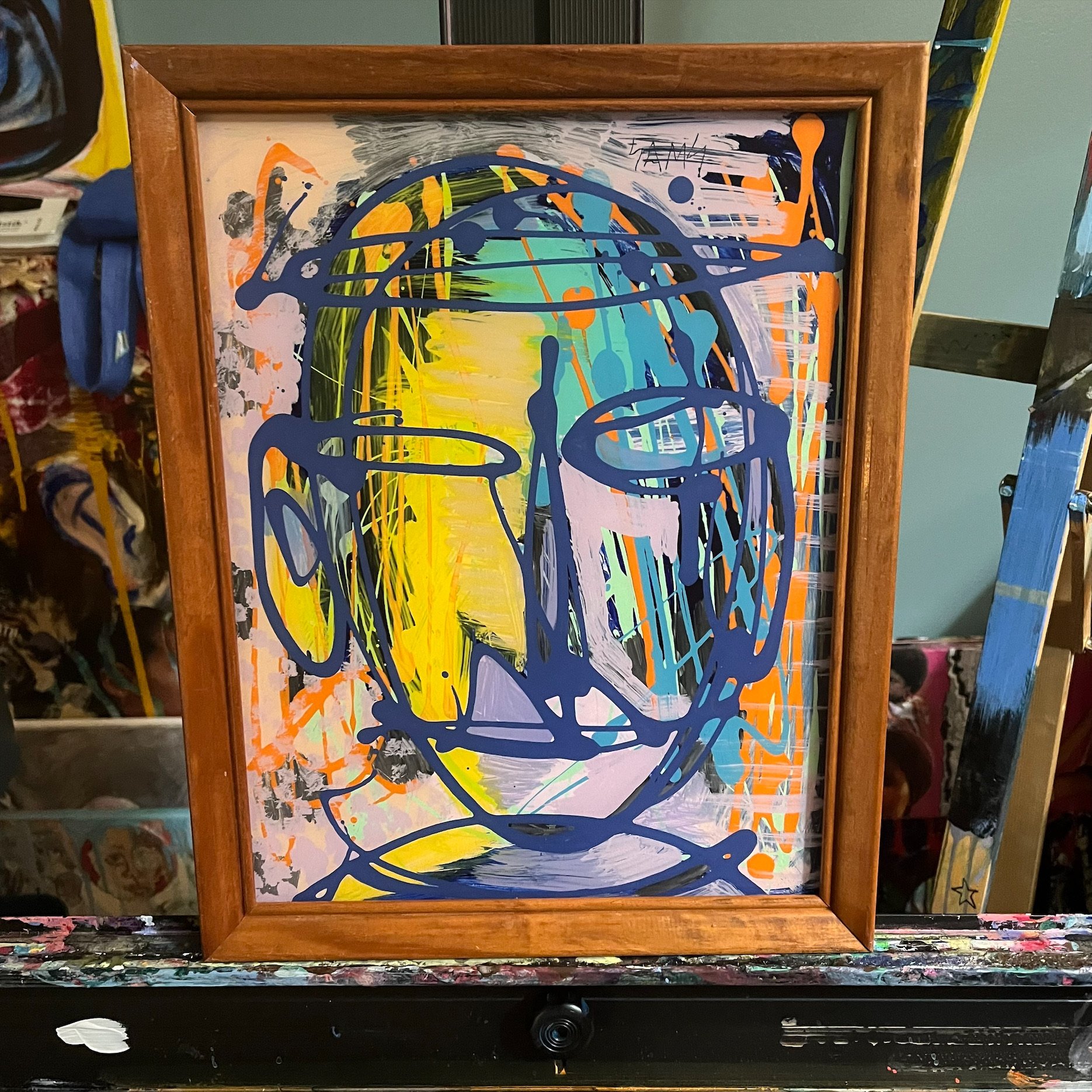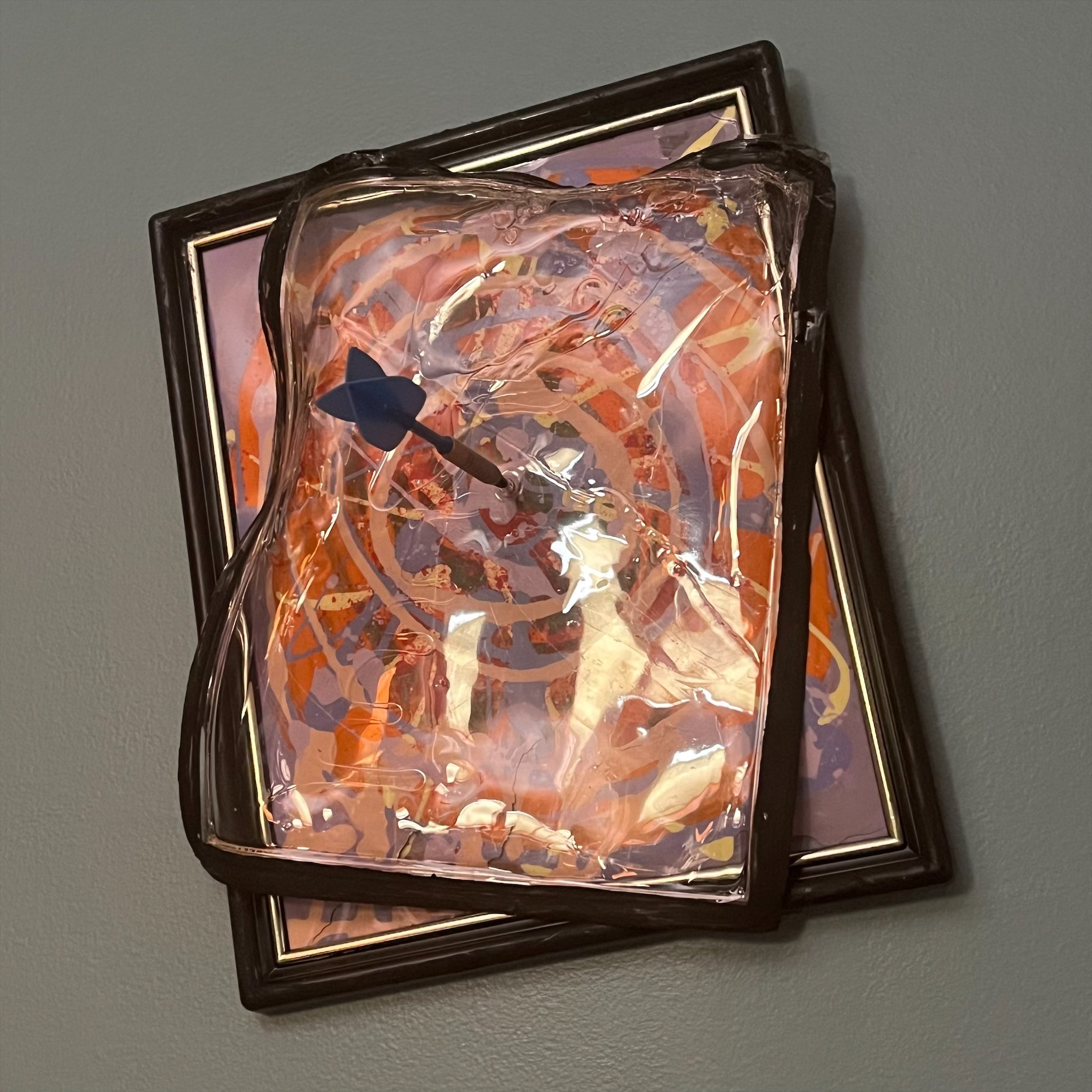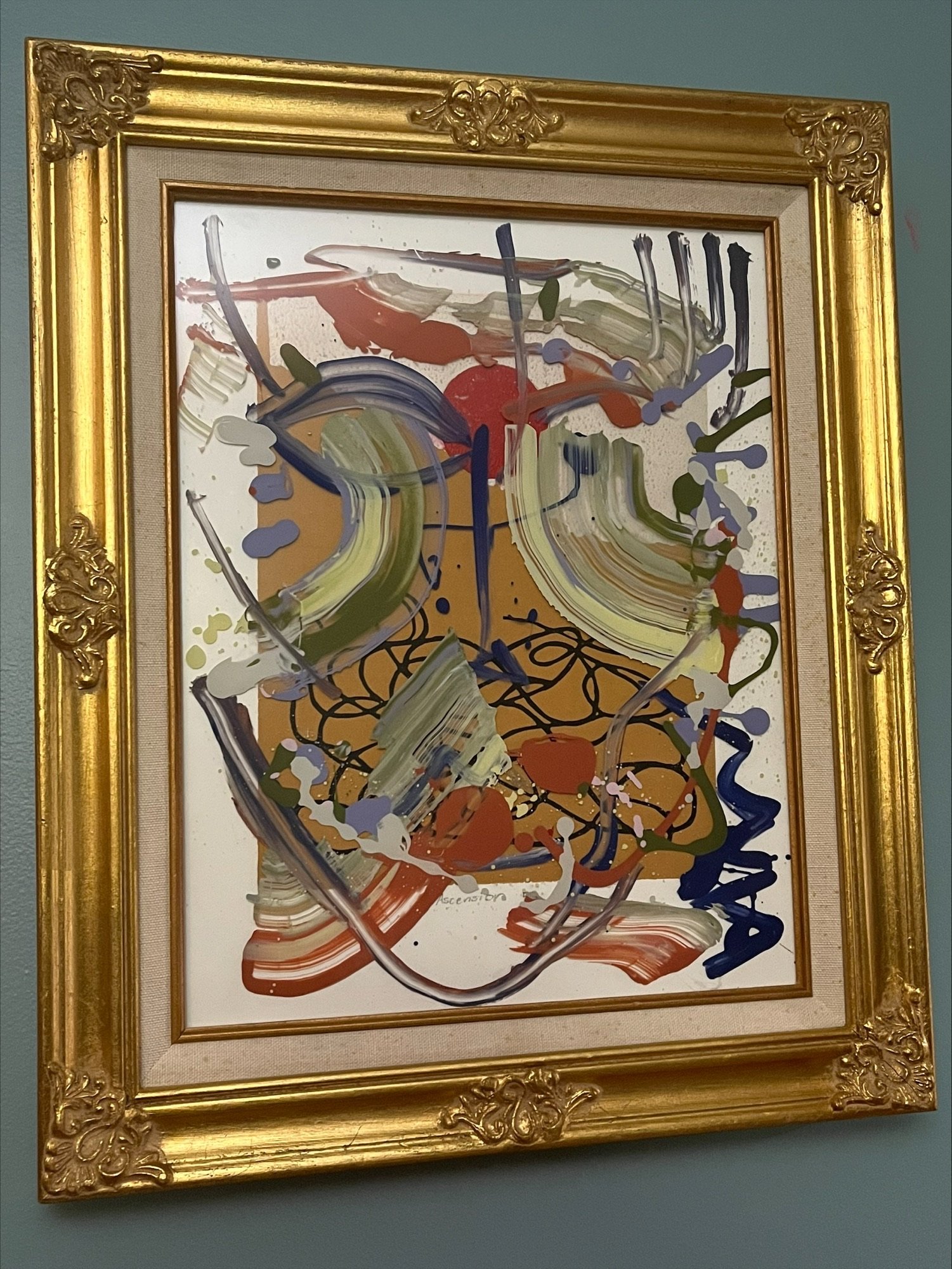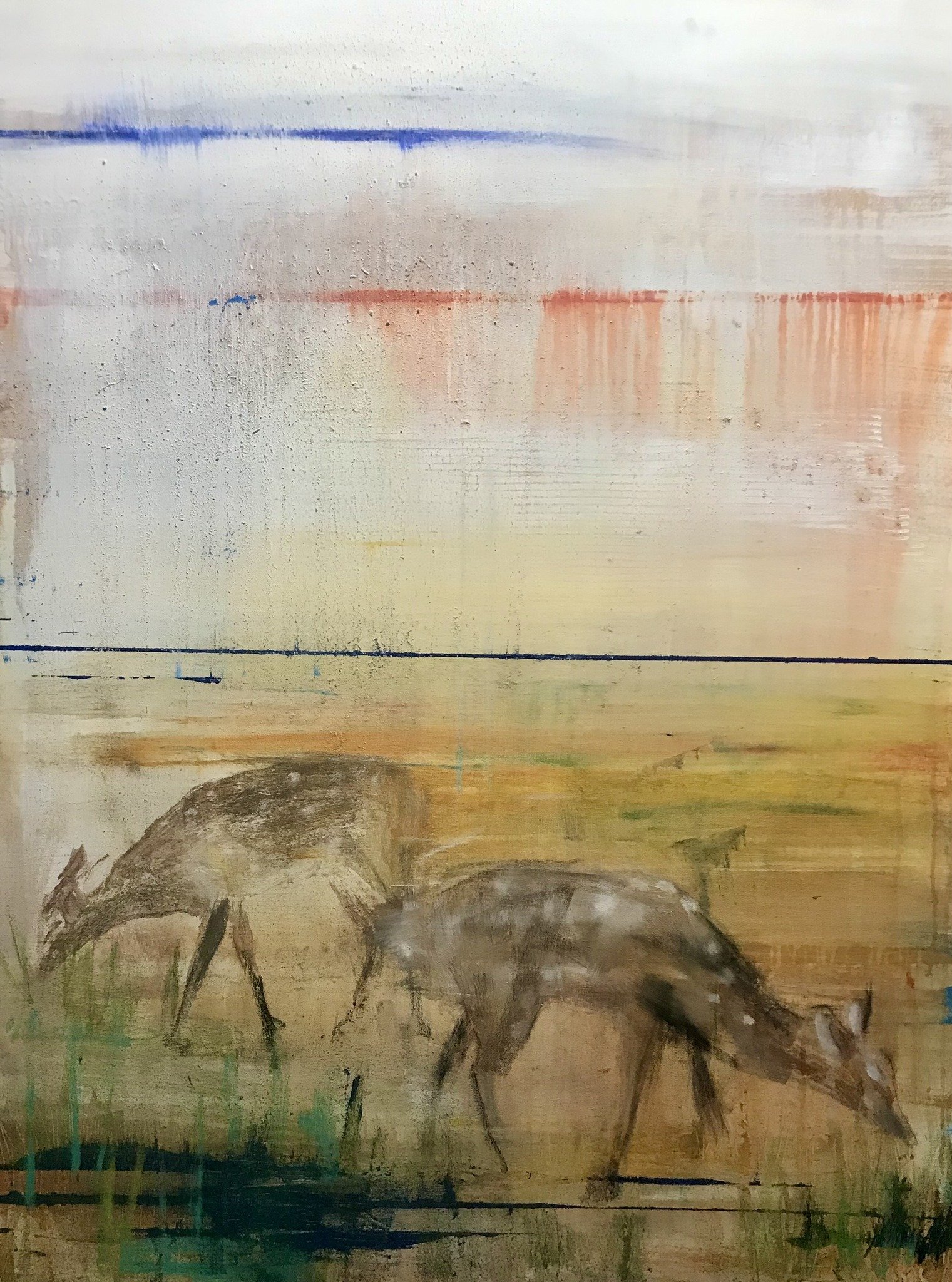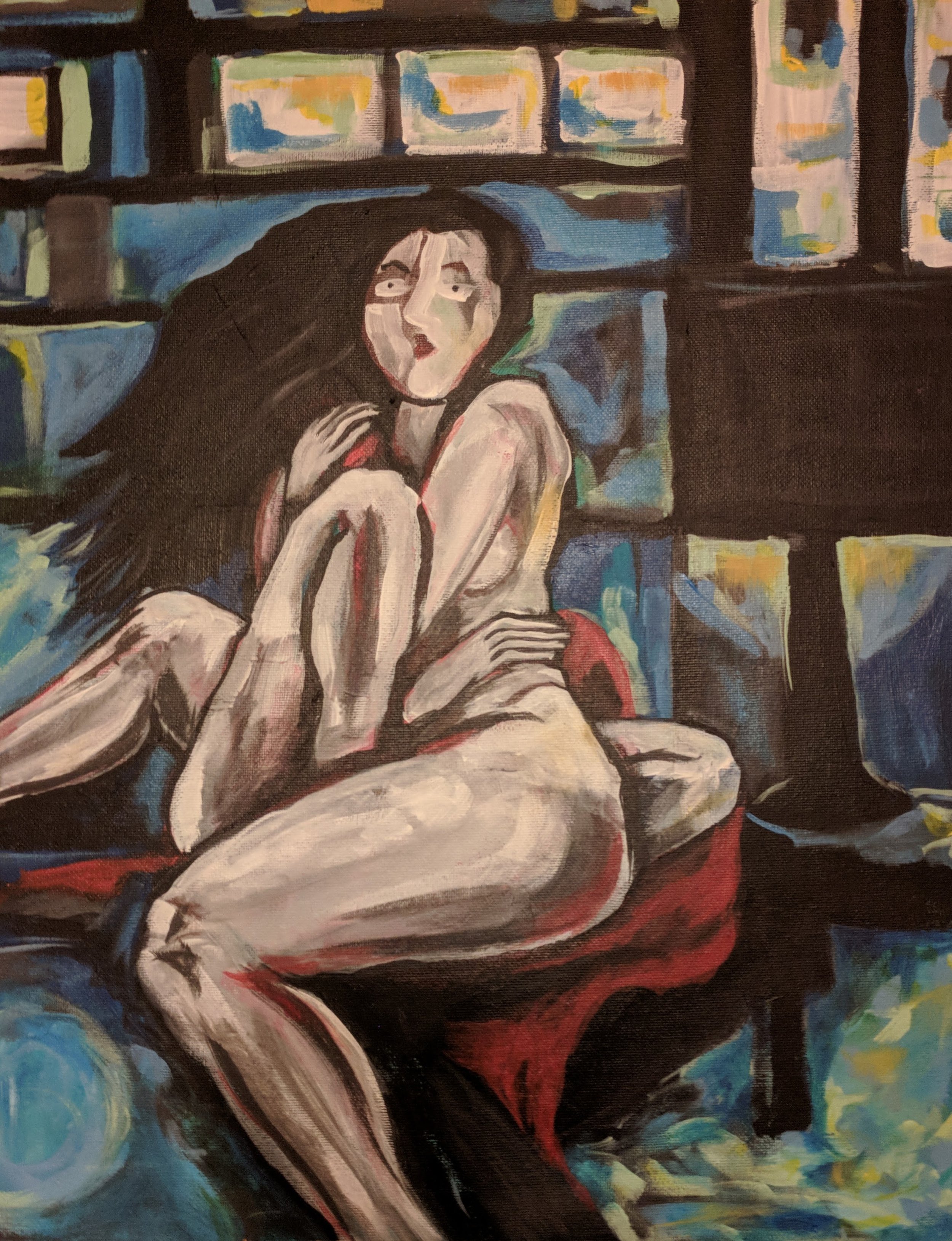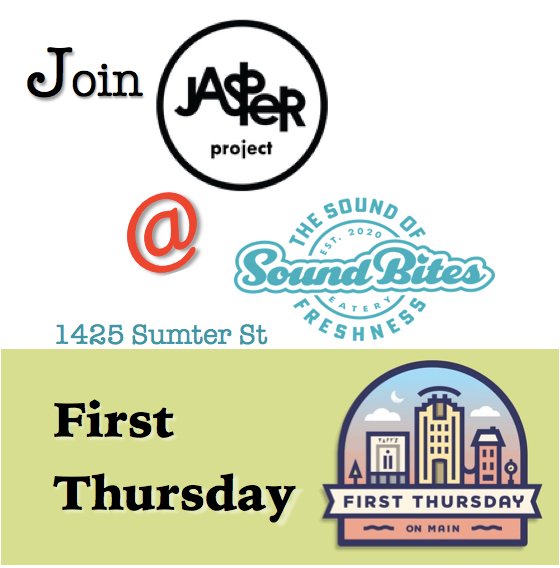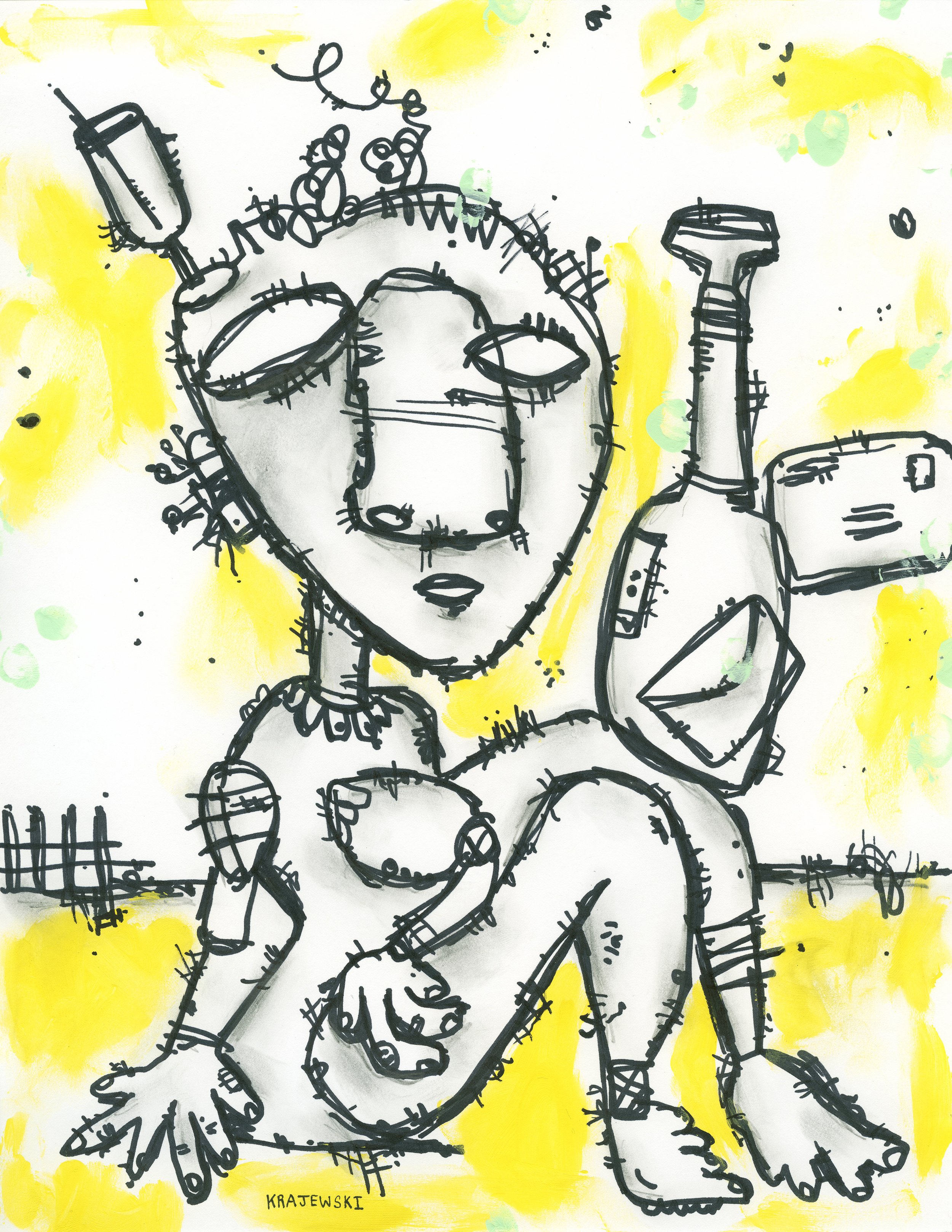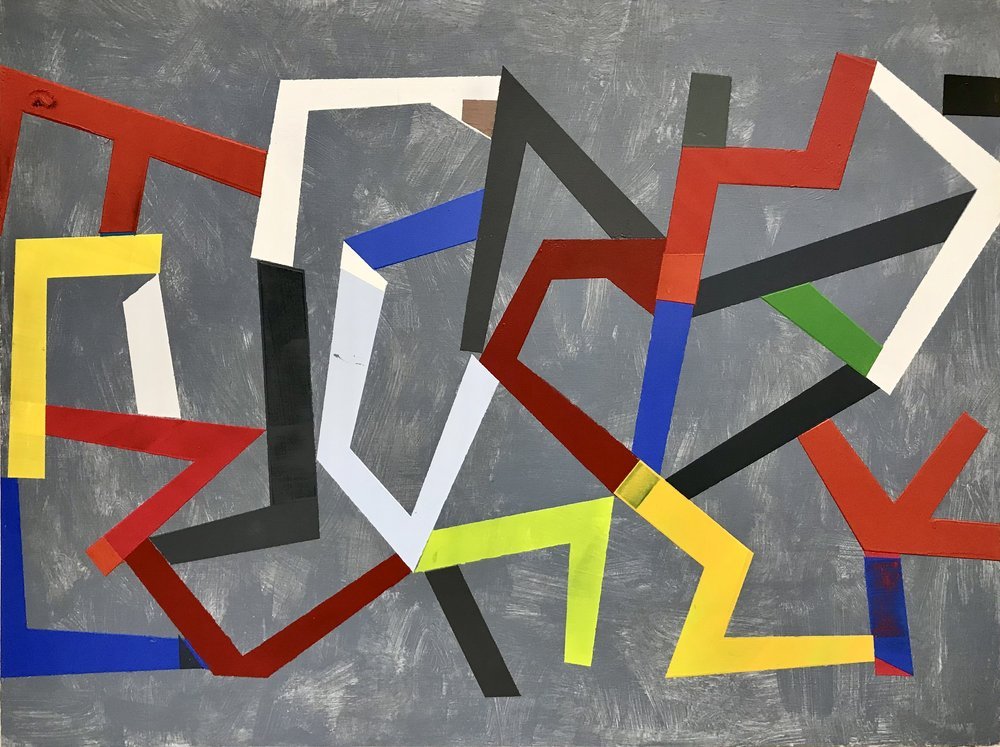This month, we’re showing off some stunning photography from award-winning and Time Magazine Best Photos of 2021 feature photographer Sean Rayford. Hear more about his life and his current show with us below.
JASPER: Did art come to you young, or did you find it later in life?
RAYFORD: Shortly after my birth in Annapolis, Maryland, my family moved to a small town in the center of the Australian Outback. If you draw crosshairs on the continent, you'll find the town of Alice Springs on the southern edge of the Northern Territory. Downtown, if you might call it that, there was a photo lab, and the print machine was placed in the front window of the storefront. I remember standing on the sidewalk watching with intrigue as tourists’ photos dropped out of the machine. Every errand downtown was highlighted by the opportunity to see this in action, and if there were no photos being printed, it was a disappointment.
We moved back to Maryland when I was five. My older brother was into art and me, I was into sports. During one stretch, he was processing film in our basement closet. In high school I’d take an intro class to black and white photography, probably the same one that inspired him to process film at home, and I'd join the school newspaper.
JASPER: Did you continue to study it officially or did it remain more so a personal project?
RAYFORD: I came to the University of South Carolina in the late nineties as a computer science major and planned a career in that field. During my first week on campus, I joined the Gamecock Newspaper and by the Spring semester I had taken on the role of the photo editor. Here, I had special access to an endless stream of subject matter, a digital film scanner, and most of the time I'd get reimbursed for the film expenses.
I earned a Bachelor of Media Arts degree from USC, but there's little art background in my education. Early in photography I was just experiencing life, playing (practicing) with a camera, being curious, documenting things, learning, and making mistakes. Art wasn't a concern of mine. I just enjoyed playing with light, shapes and color and experiencing what the world had to offer, in person. I didn't know what I was doing. I probably still don’t, and I guess that's the beauty of it. There’s always a chance to learn and apply it to the next time.
JASPER: What did you do after graduation?
RAYFORD: After I graduated from USC, I interned and freelanced at The State Newspaper, where I came into regular contact with photojournalists approaching photography with different artistic approaches, definitely more thoughtful than I. They each had their strengths and weaknesses, and those different styles heavily influenced my approach. To my knowledge, I was the last contributing photographer at The State Newspaper who regularly shot assignments on film, processed and scanned negatives. Back then, whenever I processed photos on film, I thought about how I wasn’t making photos. The darkroom was awesome - but cumbersome.
Here, photo editor Chuck Dye pushed me to look more into the traditional art components of photography. Chuck brought me in with Robert Frank’s American’s and pushed me to look at great painters. I watched a bunch of lectures and presentations on YouTube while I continued to freelance and take on personal projects. This gave me consistent opportunities to apply what I was learning. Now, I’m more likely to be listening to audiobooks about the creative process.
JASPER: And what kind of experimenting do you like to do now?
RAYFORD: Before I became a full-time photographer in 2015, I bartended at New Brookland Tavern where I occasionally hosted arts and crafts night when we didn't have shows. At the least, most people would color in the weird coloring books I acquired. We’d paint and experiment with all sorts of mixed media in a very social manner. They were typically slow nights, so I had time to participate. But it’s been a while since I’ve consistently done anything like that. I took one of Michael Krajewski’s classes this year though. That was fun. Now, I feel too much pressure as a freelance photographer to find the next paying gig or find the next personal photo project to pick up those types of projects.
JASPER: What makes photography such a special medium for you?
RAYFORD: I kinda see photography as a five-dimensional Tetris game, with color and light joining our three standard spatial measurements. Introducing people to the mix, increasing the speed at which your blocks fall. n my primary field of photojournalism, my art form isn’t photography, but rather visual storytelling. And when it's time to "be creative" there is no backing out. You have to perform and deliver. It's somewhat like sports in a way, but there aren't measured winners and losers for each performance. The friendly competitiveness and the continuous repetition using cameras, taking lots of assignments, taught me a lot about photography and especially about photographing humans. However, you won’t see any people in the pieces here in this Tiny Gallery. Most of the photos here are what most folks might call landscapes. I would call them natural "scene setters" in my visual story-telling process. And for much of these, they were made for that purpose.
JASPER: Along those line, are there any particular ideas you aim to express with your work?
RAYFORD: I don’t think I’m trying to express many of my ideas with photography, but I can't escape the fact that I'm bringing all of my personal experiences into my photo making process. I'm organizing visual components to tell a story — and my life experiences heavily influence that process. I’m trying to take the viewer to where I’m at, at that time. And if I’m making photos as a photojournalist, I also have to do this within our ethical boundaries — like not moving items and not asking folks to perform for the camera (portraits excluded).
There are always recurring themes and subject matter with my photography, but it's extremely varied because of what I'm tasked with as a documentarian. And all those different things that I photograph influence one another, both in how I approach it as a human and someone practicing an art form.
JASPER: Tell me a bit about the logistical aspects of your creative process.
RAYFORD: My creative journey begins when I have my cameras in good working condition, batteries charged, and with appropriate memory cards ready to roll. I should be hydrated and fed. As technology advances so do the tools that I use. Logistics and planning are huge factors. With photography, you physically have to be somewhere at a specific time, and there are no do-overs. It’s typically impossible and would definitely be unethical.
There's an old adage that luck sits at the intersection of preparedness and opportunity. My creative journey cannot ignore the preparedness aspect. That’s so key because once you get out into the field doing your thing, you shift into your highest gears and need to rely on the brain-hand-camera connection, where fractions of seconds matter.
JASPER: With all these “fractions,” how did you select the photos for this specific show?
RAYFORD: For the Tiny Gallery I chose photos from recent visual explorations of the natural world here in the Carolinas, from the Midlands to the North Carolina mountains.
The photos were made as recent as Oct 31st of this, and the oldest about 3 years ago. There is a group of single exposure photographs of "snappy syncs" or synchronous fireflies (photuris frontalis), a rare species that inhabits central South Carolina.
JASPER: Is there anything specifically you hope people get from viewing these images?
RAYFORD: I hope the collection will inspire people to explore. We spend a lot of time inside with technology. Go see neat things. Congaree National Park is a time machine. The mountains of North Carolina — epically ancient.
JASPER: Hard question, I know, but could you pick a favorite photo in the show?
RAYFORD: My favorite photo may be the most recent photo, the only one here from Congaree National Park. That excursion has been on my calendar for several months, and just when I was at the right spot, I was blessed with gorgeous light. So many times, it doesn't work out that way.
JASPER: Speaking of favorites, who are your favorite photographers, or artists in general?
RAYFORD: My favorite photographers are William Klein, Henri Cartier Bresson, Jill Freedman and Saul Leiter — to name a few. Outside of photography, Edward Hopper and Goya got my attention as a kid, and they still do.
JASPER: Do you have any real “wow” moments in terms of recognition?
RAYFORD: A photo I made covering the Ahmaud Arbery story was included in Time Magazine's "Best Photos of 2021."
JASPER: Most random moment related to your photography career?
RAYFORD: At some point in my journey as a photographer, I rode my bicycle on Willie Nelson's ranch.
See Rayford’s Tiny Gallery show at Jasper’s virtual gallery until the end of November.












